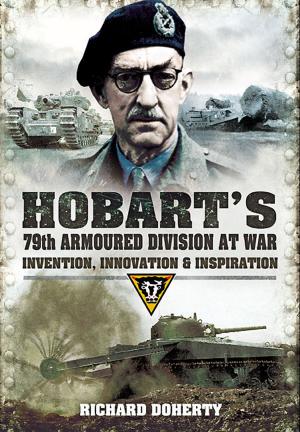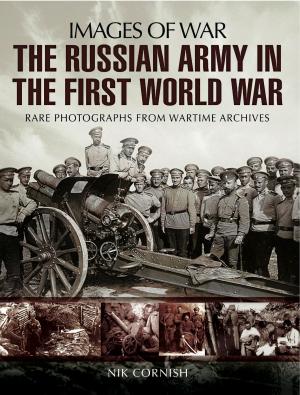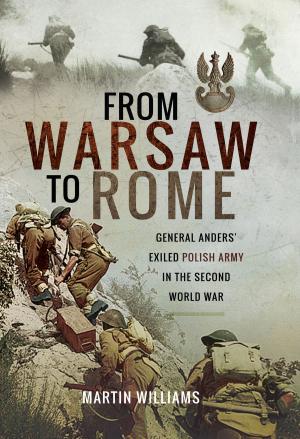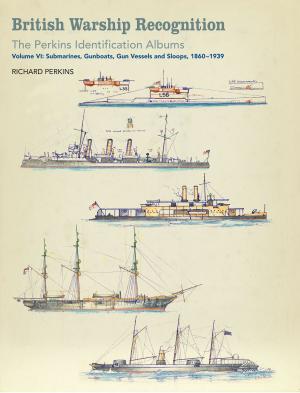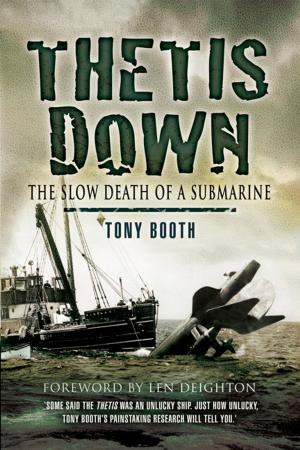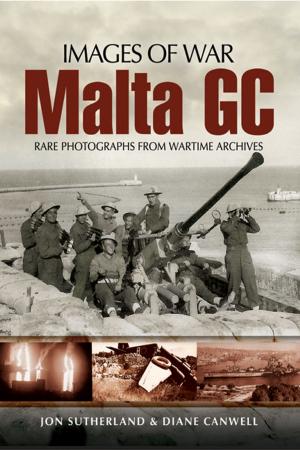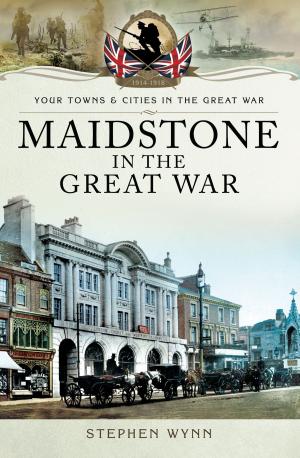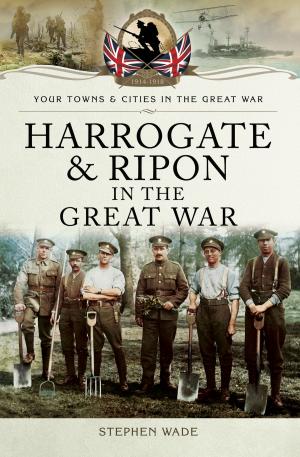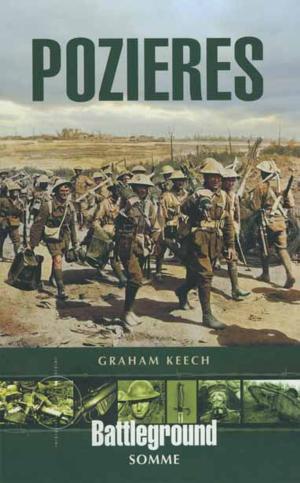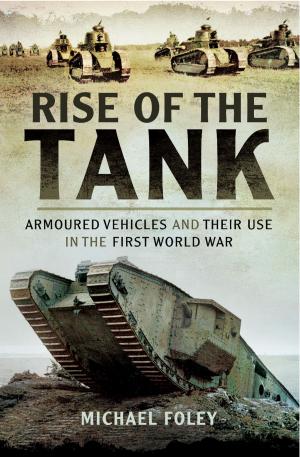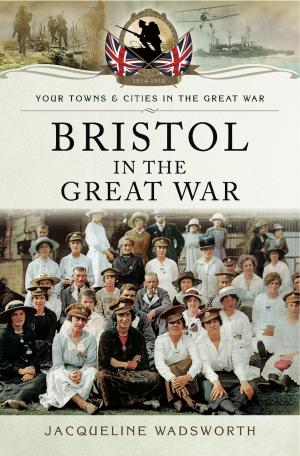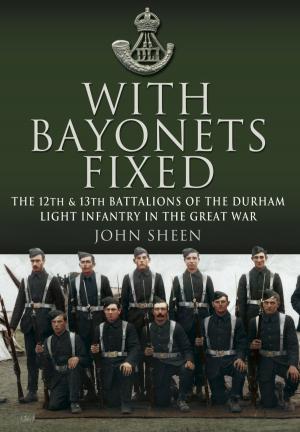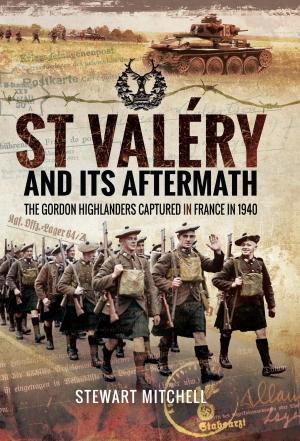Tiger Cub
The Story of John Freeborn DFC*
Nonfiction, History, Military, Aviation, World War II, Biography & Memoir, Historical| Author: | John Freeborn, Chris Yeoman | ISBN: | 9781844685288 |
| Publisher: | Pen and Sword | Publication: | September 19, 2009 |
| Imprint: | Pen and Sword Aviation | Language: | English |
| Author: | John Freeborn, Chris Yeoman |
| ISBN: | 9781844685288 |
| Publisher: | Pen and Sword |
| Publication: | September 19, 2009 |
| Imprint: | Pen and Sword Aviation |
| Language: | English |
Acting Pilot Officer John Freeborn reported to RAF Hornchurch on 29 October, 1938. John was posted from Flying Training School to join the already acclaimed 74 ‘Tiger’ Squadron at eighteen years of age. One of the first people John met when he arrived at the station was Bob Stanford Tuck of 65 squadron. At that time the Squadron was equipped with the Gloster Gauntlet. A Flight’s Commander was a well built, handsome South African man called Adolf ‘Sailor’ Malan. On first meeting Malan, John thought he seemed nice enough and soon learnt that he was a determined leader, a fine flyer and an aggressive fighter pilot. ‘He was definitely the best shot there was’ John recalls. ‘Without question Malan was a brilliant marksman, but I could out fly him and I bloody told him so too.’
John flew many operations with 74 Squadron in Spitfires during the early years of the war and The Battle of Britain; he was awarded the DFC for his efforts.
During a brief respite for 74, John Freeborn was promoted to Flight Lieutenant and on 29 August he was given command of A Flight. In 1941, the first couple of months saw 74 Squadron, now based at Biggin Hill flying across the Channel with 92 and 66 Squadron conducting fighter Sweeps and Circus sorties over the French coast. On 17 February 1941, John Freeborn learnt that he had been awarded a bar to his DFC. At that time he had destroyed twelve enemy aircraft and damaged many more.
In December 1941, John Freeborn’s time with 57 OTU came to an end and shortly after, he was posted to the United States of America as a Liaison Officer. Throughout the following years John would serve in 602 Squadron as a Squadron Leader supernumerary, then onto 118 Squadron as Commanding Officer and then finally he became the RAF’s youngest Wing Commander, responsible for the 286 Italian Wing stationed at Grottaglie. In 1946 John Connell Freeborn DFC and Bar left the Royal Air Force with honor and distinction.
Acting Pilot Officer John Freeborn reported to RAF Hornchurch on 29 October, 1938. John was posted from Flying Training School to join the already acclaimed 74 ‘Tiger’ Squadron at eighteen years of age. One of the first people John met when he arrived at the station was Bob Stanford Tuck of 65 squadron. At that time the Squadron was equipped with the Gloster Gauntlet. A Flight’s Commander was a well built, handsome South African man called Adolf ‘Sailor’ Malan. On first meeting Malan, John thought he seemed nice enough and soon learnt that he was a determined leader, a fine flyer and an aggressive fighter pilot. ‘He was definitely the best shot there was’ John recalls. ‘Without question Malan was a brilliant marksman, but I could out fly him and I bloody told him so too.’
John flew many operations with 74 Squadron in Spitfires during the early years of the war and The Battle of Britain; he was awarded the DFC for his efforts.
During a brief respite for 74, John Freeborn was promoted to Flight Lieutenant and on 29 August he was given command of A Flight. In 1941, the first couple of months saw 74 Squadron, now based at Biggin Hill flying across the Channel with 92 and 66 Squadron conducting fighter Sweeps and Circus sorties over the French coast. On 17 February 1941, John Freeborn learnt that he had been awarded a bar to his DFC. At that time he had destroyed twelve enemy aircraft and damaged many more.
In December 1941, John Freeborn’s time with 57 OTU came to an end and shortly after, he was posted to the United States of America as a Liaison Officer. Throughout the following years John would serve in 602 Squadron as a Squadron Leader supernumerary, then onto 118 Squadron as Commanding Officer and then finally he became the RAF’s youngest Wing Commander, responsible for the 286 Italian Wing stationed at Grottaglie. In 1946 John Connell Freeborn DFC and Bar left the Royal Air Force with honor and distinction.


